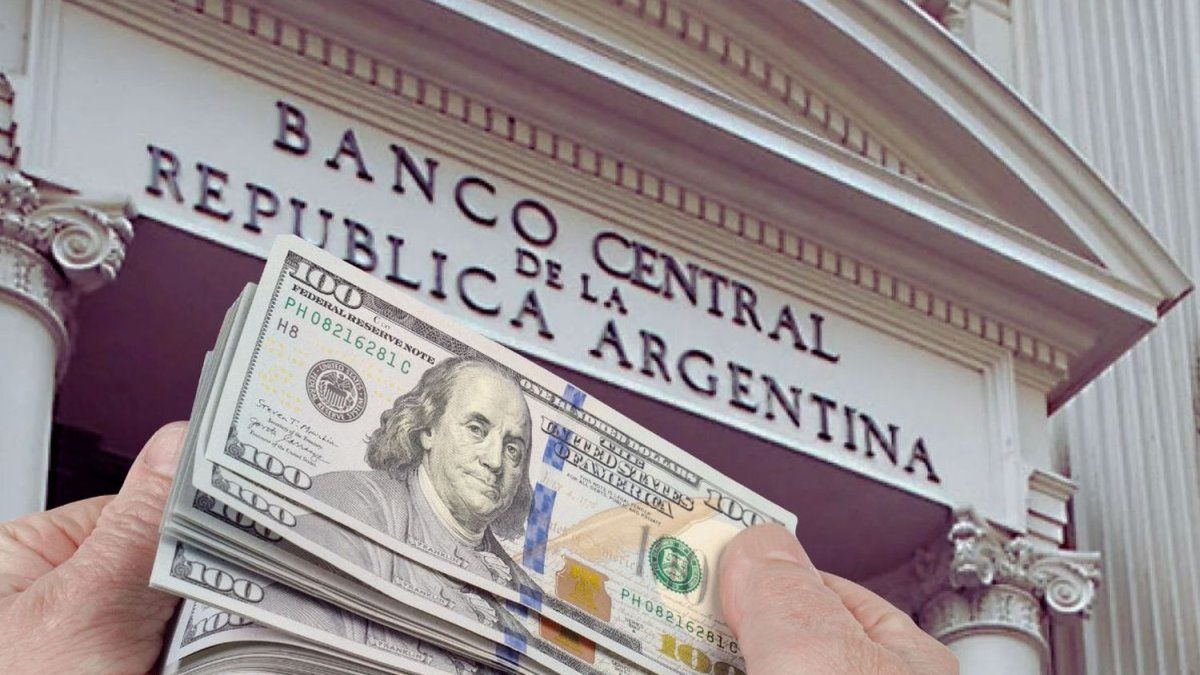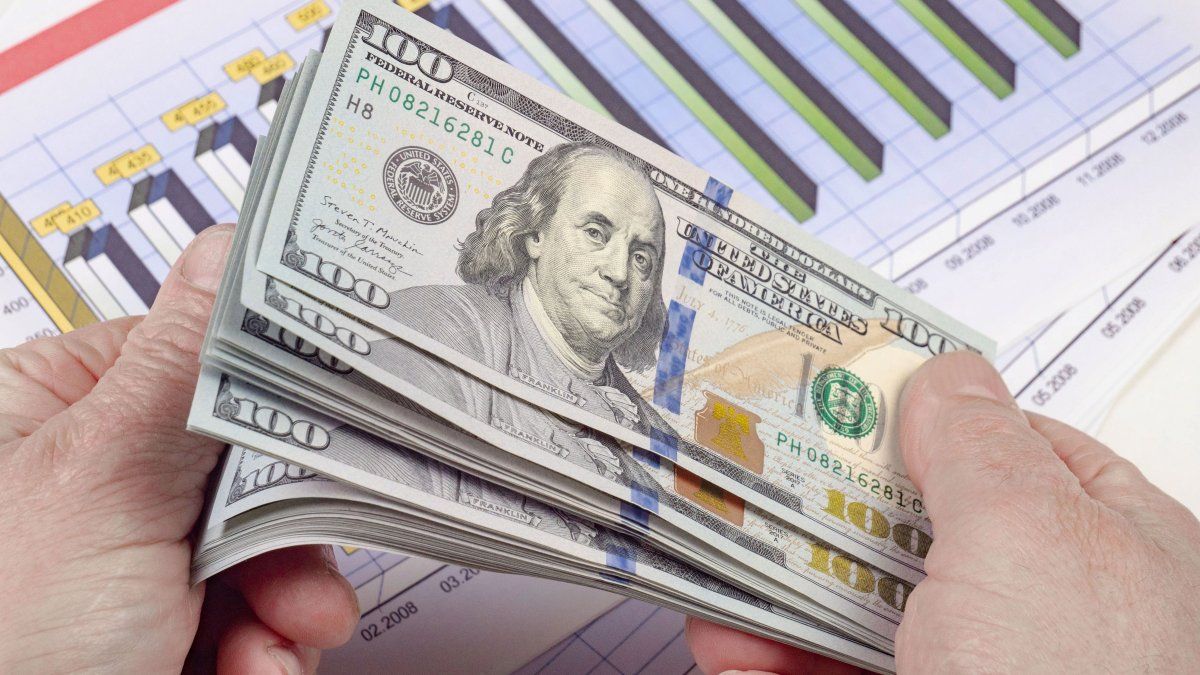The high inflation rate is forcing the US Federal Reserve to act. She wants to limit the rise in prices by raising interest rates. That should weigh on the economy. Could a recession loom?
In order to combat the high rate of inflation, the US Federal Reserve (Fed) is likely to raise interest rates for the third time since the start of the coronavirus pandemic.
While an increase of 0.5 percentage points to a range of 1.25 to 1.5 percent was initially suspected by many, some analysts are now expecting even more: Based on the latest data on the persistently high inflation rate, they expect the Fed to take the markets with it an increase of 0.75 percentage points could surprise. That would be the biggest rate hike since 1994, i.e. for almost 30 years.
Following the Fed meeting, central bank chairman Jerome Powell will explain the motives of the decision-makers to journalists. In addition, the central bank will also publish updated forecasts for the growth of the world’s largest economy, the development of inflation and the further development of the key interest rate.
Central bank is under pressure
In March, the decision-makers at the Fed expected the key interest rate to end the year at an average of 1.9 percent. The new forecast should show a stronger increase – according to analysts possibly up to 3 percent. The Fed is also likely to continue to rapidly reduce its balance sheet, which has swollen to around USD 9 trillion as a result of the Corona emergency programs, which would withdraw additional liquidity from the markets.
The pressure on the central bank is currently great: the inflation rate is higher than it has been for around four decades, which is reducing the purchasing power of consumers – they can afford less for the same income. The Fed is raising interest rates to curb inflation. This makes loans more expensive, which slows down demand. This helps bring down the rate of inflation, but it also weakens economic growth.
It is therefore a balancing act for the central bank: it wants to raise interest rates so much that inflation is slowed down – without simultaneously stalling the economy and labor market and triggering a recession. The stock markets were nervous in the run-up to the Fed meeting; Investors fear an economic dip.
Moving away from loose monetary policy
Because of the Corona crisis, the Fed lowered its key interest rate to almost zero in 2020 and supported the economy and financial markets with massive emergency programs. Last year, the Fed still mostly described the increased inflation rate as a “temporary” effect as a result of the pandemic. Towards the end of the year, however, it initiated a move away from its ultra-loose monetary policy. In March, it raised the key interest rate by 0.25 percentage points for the first time since the pandemic. In May, given the high inflation rate, an increase of 0.5 percentage points followed, the largest increase in 22 years. Usually, the Fed prefers to raise interest rates in 0.25 percentage point increments.
In the run-up to Wednesday’s meeting, Fed decision-makers had clearly signaled that another 0.5 percentage point increase was to be expected. However, data last week showed that consumer prices rose 8.6 percent in May from the same month last year. That was the highest value since 1981. In addition, new surveys indicate that consumers expect prices to continue to rise in the future.
The data is increasing the pressure on the Fed, because the medium-term inflation rate of two percent that it wants is becoming increasingly remote. According to analysts, it therefore also seemed possible that the central bank would raise the key interest rate by 0.75 percentage points. However, the Fed would surprise the markets with this, which central bankers usually avoid. On the other hand, the central bank would send a clear signal that it wants to slow down the rapid rise in prices.
Supply chain crisis and rising energy prices
One challenge for the Fed is that it can only influence some of the causes of price increases to a limited extent. Disruptions in global supply chains and rising energy prices are not directly responding to US interest rates. The Fed is also unable to control the consequences of the war in Ukraine and the corona lockdowns in China.
The Fed is committed to the goals of price stability and full employment. The US economy is now booming again, and the unemployment rate was a low 3.6 percent in May. Many employers complain that they cannot find enough applicants.
The high rate of inflation is also causing concern in the White House – not least because many voters blame the government of President Joe Bidens. Roughly speaking, the higher the prices, the more Biden’s poll numbers fall. This is causing problems for the President and his Democrats, because they want to defend their slim majorities in both houses of parliament in the congressional elections in November.
Source: Stern
Jane Stock is a technology author, who has written for 24 Hours World. She writes about the latest in technology news and trends, and is always on the lookout for new and innovative ways to improve his audience’s experience.




